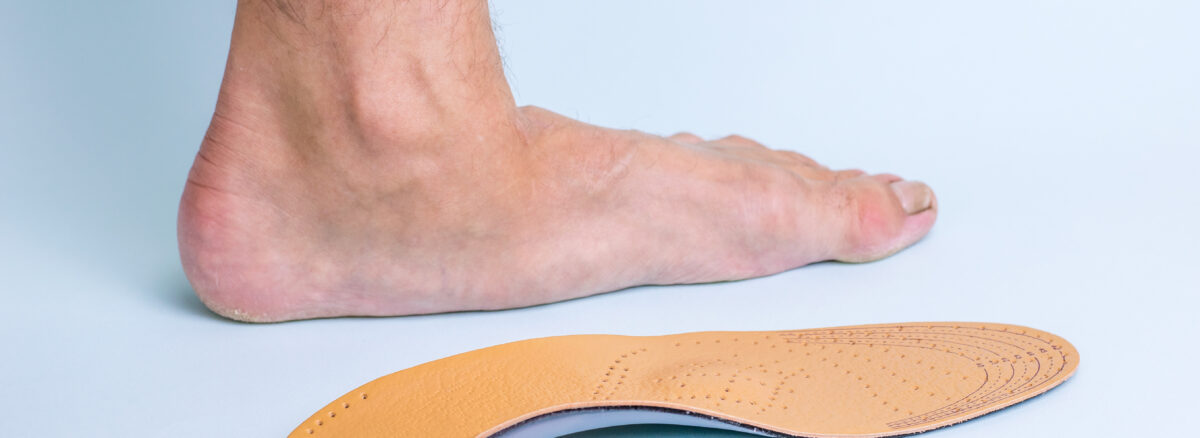Flat Feet: Understanding the Health Implications of Fallen Arches
Flat feet, or pes planus, is a condition where the feet have low arches or no arches, causing the soles of the feet to make complete or near-complete contact with the ground. While some people with flat feet don’t experience any problems, others may face a range of health issues.
Causes of Flat Feet
Flat feet can be a congenital condition, meaning it is present at birth, or it can develop over time due to:
- Genetics: Flat feet can run in families.
- Age: Arches can fall over time due to wear and tear on the tendons that support the foot.
- Weight: Obesity can put extra pressure on the tendons.
- Injury: Damage to the foot or ankle can lead to flat feet.
- Medical conditions: Rheumatoid arthritis or diabetes can affect foot structure.
- Pregnancy: Hormonal changes and increased body weight during pregnancy can lead to temporary fallen arches.
Symptoms and Health Issues
Some common symptoms and health issues associated with flat feet include:
- Pain: Discomfort in the feet, especially in the arch or heel, can occur after prolonged walking or standing.
- Postural Issues: The lack of proper arches can lead to misalignment of the legs, which can cause knee, hip, and back pain.
- Overpronation: Flat feet can cause the ankles to roll inward when walking, leading to overpronation and increased wear on the outer sole of the shoe.
- Fatigue: Feet may tire out more quickly.
- Swelling: The inside bottom of the feet may swell.
- Mobility Issues: Difficulty performing certain activities that require flexible feet, such as ballet or gymnastics.
Diagnosis
A healthcare provider or podiatrist can diagnose flat feet through physical examination and observing the feet from various angles. Imaging tests, like X-rays, MRI, or CT scans, might be ordered to assess the severity and the impact on the alignment of the legs and back.
Treatment and Management
For individuals who experience discomfort or other issues due to flat feet, the following treatments may help:
- Orthotic devices: Custom-made or over-the-counter arch supports can help relieve pain and improve foot function.
- Supportive shoes: Footwear with good arch support and a cushioned sole can be beneficial.
- Physical therapy: Exercises to strengthen and stretch the foot muscles and tendons can improve foot mechanics.
- Weight management: Losing weight can reduce the stress on the feet.
- Surgery: In severe cases, surgical procedures may be necessary to correct the structure of the foot.
Living with Flat Feet
Many people with flat feet live active, pain-free lives. For those who do experience symptoms, conservative treatments are often very effective. It’s important to address any discomfort early to prevent additional complications.
While flat feet are often harmless, they can sometimes lead to discomfort and other health issues. Understanding the potential problems associated with flat feet is important for seeking appropriate treatment. If you have concerns about your foot health, consult a healthcare provider to explore the best options for managing your specific condition. With proper care, those with flat feet can enjoy a wide range of activities without discomfort.


